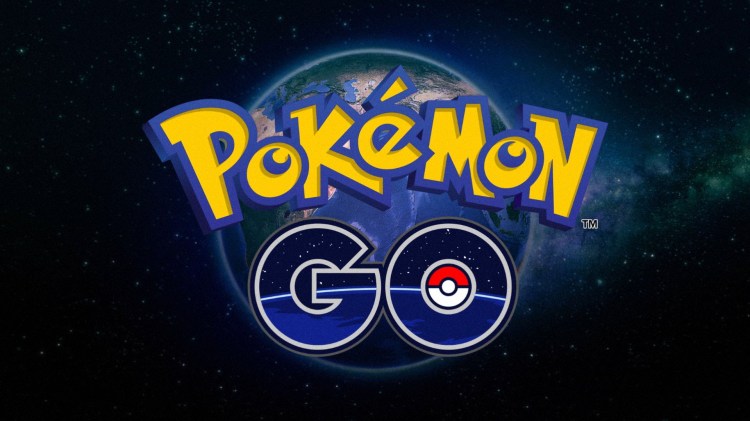The global gaming market was stuck in neutral with market saturation for apps and smartphones. But Pokémon Go has given it a new burst of energy, and opened up new opportunities in the augmented reality market, according to a new report by market researcher Frost & Sullivan.
The report showed plenty to worry about, with an impasse in mobile games due to saturation, heavy consolidation, and declining smartphone shipments. Strong game companies such as Supercell and Mixi came to dominate the industry, forcing smaller players out. And emerging markets were stalled by the lack of payment options on mobile.
In the U.S., Frost & Sullivan said the combined hardware and software overall game market reached $52 billion in revenues in 2015. Among the key findings: Mobile games will show significant growth by 2020.
“There will still be significant growth in the mobile gaming market,” said Marc Einstein, research director for Japan at Frost & Sullivan, in a statement.”The recent release of Pokémon Go has provided a proof of concept for augmented reality and location based gaming. The partnership with the game and McDonald’s in Japan also opens the door for new revenue streams for gaming companies. There are also many new interesting areas such as connected toys which will further bridge the gap between digital and physical products so we expect continued growth in the gaming market.”
Einstein also expects that it will be a matter of time before disruptive payment channels for digital services become popular in emerging markets.
“Countries like Indonesia and Brazil are showing increasing interest in Bitcoin and this will eventually lead to further growth in mobile gaming revenues,” he added.
On the other hand, the market for console hardware and software is expected to slowly decline from $23 billion in 2015 to $16 billion in 2020, at a negative compound annual growth rate of 6.6 percent. Among the key markets, the U.S., Japan and United Kingdom still accounted for more than 70 percent of global revenue in the segment in 2015.
Cris Duy Tran, consulting analyst at Frost & Sullivan, noted that the massive uptake of mobile games has limited prospects for the console market in emerging markets and impacted sales in developed markets.
“Moving forward, console makers will need to continue to explore new areas to drive business in such as augmented and virtual reality,” he added.
VentureBeat's mission is to be a digital town square for technical decision-makers to gain knowledge about transformative enterprise technology and transact. Learn More

